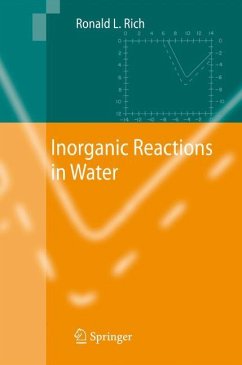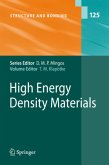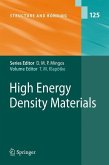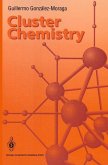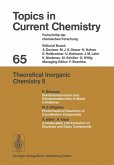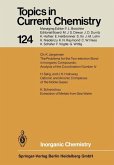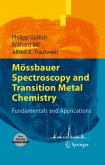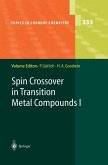Organized to facilitate reference to the reagents involved, this book describes the reactions of the elements and their mostly simpler compounds, primarily inorganic ones and primarily in water. It emphasizes the similarities and differences in actual chemical behavior, as opposed to electronic structures and theories, although not exclusively.
Inorganic Reactions in Water again makes available some of the more comprehensive coverage of descriptive aqueous chemistry found in older sources, but now corrected and interpreted with the added insights of the last seven decades. It also provides new information, including reactions of the recently discovered elements, plus some recent data on equilibria, often with mostly qualitative kinetic information, to interpret the redox and non-redox phenomena that complicate the chemistry of most elements in water.
Inorganic Reactions in Water again makes available some of the more comprehensive coverage of descriptive aqueous chemistry found in older sources, but now corrected and interpreted with the added insights of the last seven decades. It also provides new information, including reactions of the recently discovered elements, plus some recent data on equilibria, often with mostly qualitative kinetic information, to interpret the redox and non-redox phenomena that complicate the chemistry of most elements in water.
From the reviews:
"Ronald Rich has written an extensive review of the aqueous chemistry of the elements (including the transactinide or super-heavy elements). ... Rich has compiled the most impressive collection of information on aqueous inorganic reactions that I have ever seen. This book undoubtedly has a niche audience. If you have an interest in aqueous descriptive inorganic chemistry ... then you will want to see this book." (Peter M. Smith, Journal of Chemical Education, Vol. 87 (3), March, 2010)
"Water ... has an incredibly rich and interesting chemistry. Rich ... explores that complexity by describing the aqueous chemistry of all the elements. The result is an impressive tour de force that integrates recent research, including reactions of newly discovered elements, with reevaluated information from the older standard references. ... This organization is probably more useful for the practicing synthetic chemist ... . One must admire the thoroughness of this presentation ... . Summing Up: Recommended. Graduate student through professional inorganic chemistry library collections." (H. E. Pence, CHOICE, Vol. 45 (11), August, 2008)
"Ronald Rich has written an extensive review of the aqueous chemistry of the elements (including the transactinide or super-heavy elements). ... Rich has compiled the most impressive collection of information on aqueous inorganic reactions that I have ever seen. This book undoubtedly has a niche audience. If you have an interest in aqueous descriptive inorganic chemistry ... then you will want to see this book." (Peter M. Smith, Journal of Chemical Education, Vol. 87 (3), March, 2010)
"Water ... has an incredibly rich and interesting chemistry. Rich ... explores that complexity by describing the aqueous chemistry of all the elements. The result is an impressive tour de force that integrates recent research, including reactions of newly discovered elements, with reevaluated information from the older standard references. ... This organization is probably more useful for the practicing synthetic chemist ... . One must admire the thoroughness of this presentation ... . Summing Up: Recommended. Graduate student through professional inorganic chemistry library collections." (H. E. Pence, CHOICE, Vol. 45 (11), August, 2008)
Aus den Rezensionen: "... Der Autor ... legt ein Kompendium vor, das ... als Nachschlagewerk zu nutzen ist. Auf etwa 500 Seiten handelt das Buch sämtliche Elemente bis hin zu den Transactinoiden ab. ... Nützlich ... sind die vielen Zahlenangaben zu Elektrodenpotentialen im Anhang ... Wer mehr wissen will, kann den in großer Zahl gegebenen Literaturhinweisen folgen." (Michael Binnewies und Manfred Jäckel, in: Nachrichten aus der Chemie, 2008, Vol. 56, Issue 9, S. 930 f.)

